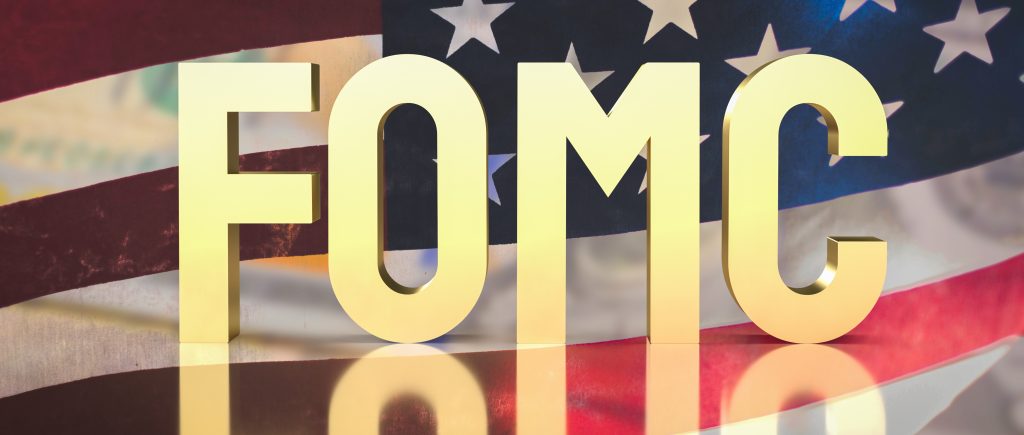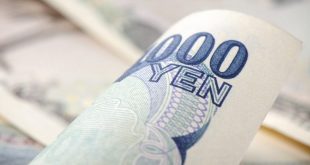Gold futures were at an eight-month high, climbing 14% since late November to hit $1,882 per ounce on Wednesday. At the time of writing the precious metal is hovering around $1872 per ounce.
Gold has got the opportunity to shine again, as investors are betting that the aim of cooling hot inflation and avoiding deep recession in the United States could lead to slowing down the pace by which the US central bank hikes its interest rate. So far, the current situation makes the precious metal more and more attractive. Support is seen at $1,780 initially, and then more importantly at the ‘neckline’ to the base at $1,729.
Investors normally flock to assets that offer regular returns, such as government bonds, when interest rates are rising. Gold prices deteriorated in April 2022 as the US Federal Reserve started to hike interest rates to tame burning hot inflation.
But the market is increasingly expecting the Fed to cool US rate hikes as consumer prices increases slow, boosting the demand for gold. Despite the investors’ optimism, the Fed has not indicated a shift in its monetary policy. FOMC Minutes from December meeting, released last week, stressed that “substantially more evidence” was required for it to “pivot” away from its path of further rate hikes.
Some countries are also accelerating their gold reserves and this helps to push up prices. That effort has become easier in recent months as the value of the dollar weakened, making it cheaper for countries outside of the United States to buy gold. An obvious example is China.
It is worth noting that central banks’ sizeable appetite for gold during 2022 was remarkable. Central banks, worldwide, bought additional 50 tonnes on a net basis during November, a 47% increase from October’s (revised).
Three central banks accounted for gross buying of 55t, while two largely contributed to gross sales of 5t, showing the strength of demand. A lot of physical buying of gold from central banks can be seen. Not surprisingly, a lot of it is from Russia and China, countries that are keen to reduce their dependence on the US dollar.
Investors also typically see gold as a safe haven during times of uncertainty. Gold is often seen as a good hedge against inflation since it is a tangible, scarce asset that, in theory, holds its value. During the coronavirus pandemic in August 2020, gold prices hit an all-time high of £2,072 for its safe haven standing.
The precious metal also tends to do well in times of crisis. The risk of a global recession this year could be a factor drawing in more investors. This year, the global economy is facing a serious slowdown, and in many countries a recession. That could make gold more appealing now that yields and the dollar are less of a negative factor.

 Noor Trends News, Technical Analysis, Educational Tools and Recommendations
Noor Trends News, Technical Analysis, Educational Tools and Recommendations




